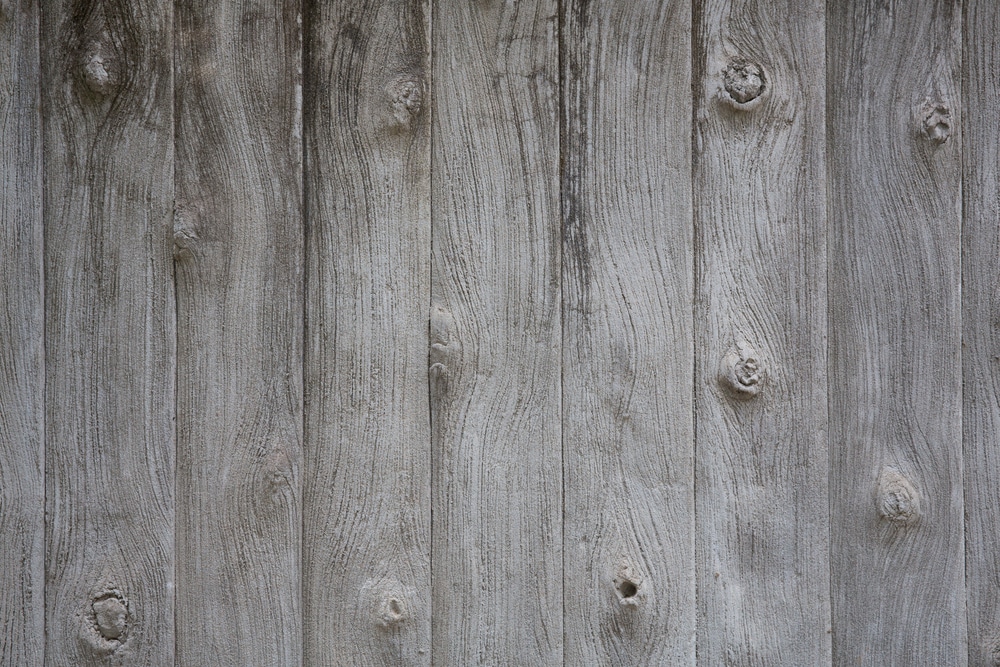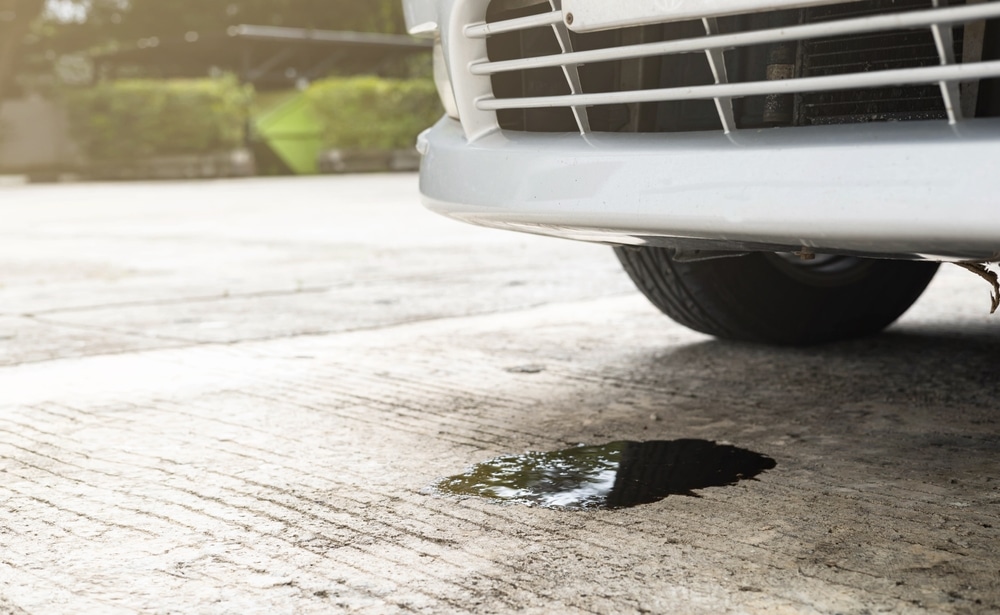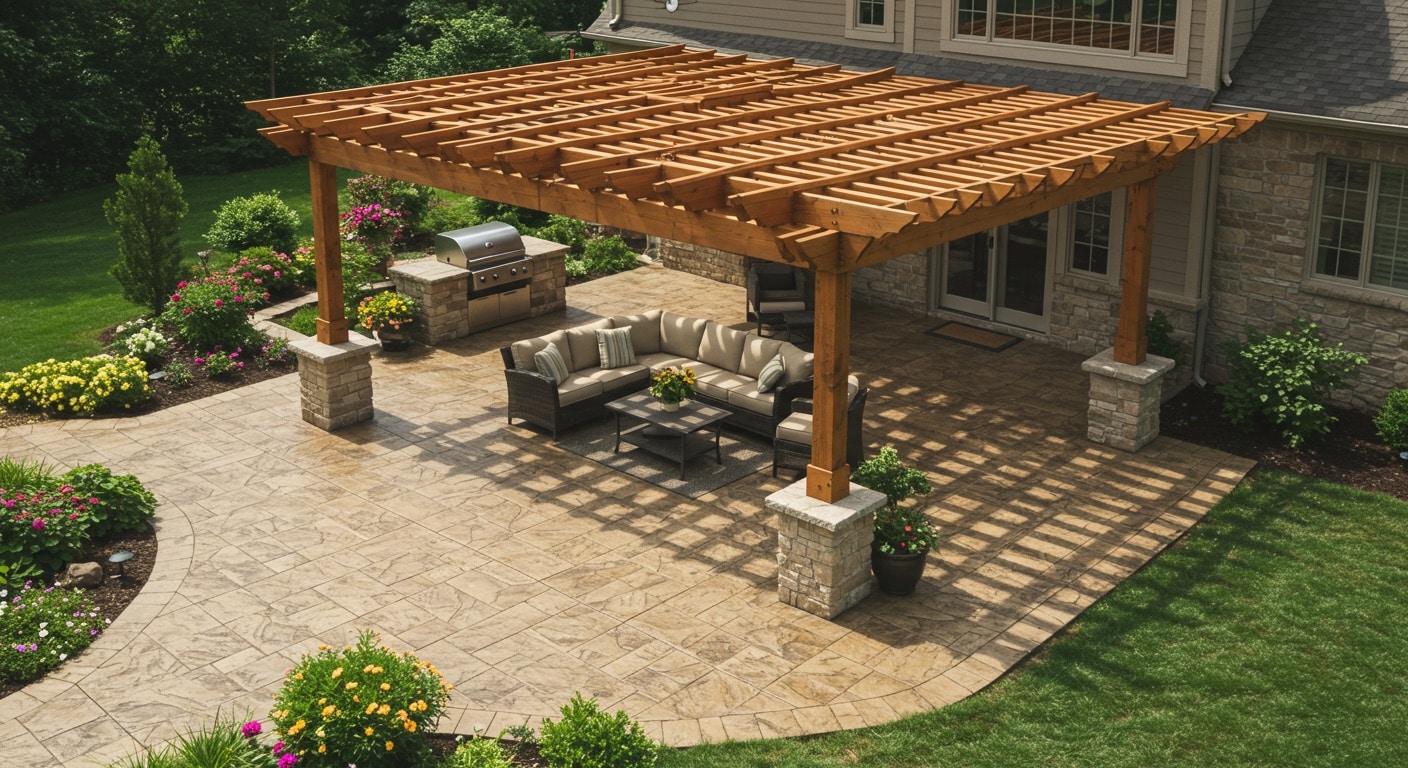10 Most Common Types of Concrete Slab Cracks Homeowners Should Know
April 26, 2025Concrete is one of the most durable materials used in home construction, but it’s not immune to damage. Over time, even the most expertly poured concrete slabs can develop cracks. For homeowners in Oklahoma City, OK, identifying the types of cracks in concrete slabs early can help prevent major issues down the line.
Understanding what causes these cracks and what they look like can help you make informed decisions about repairs, maintenance, and prevention. Below, we’ll break down the 10 most common types of cracks in concrete slabs, what they mean, and why you should pay attention to them.
1. Hairline Cracks

Hairline cracks are thin and often appear shortly after a slab has been poured. They’re usually due to surface shrinkage as the concrete cures. These cracks might seem minor, but in Oklahoma City’s fluctuating weather conditions, even small openings can widen over time.
Here’s some of the things to watch for:
- Extremely narrow width (like a strand of hair)
- Common in garage floors, patios, and driveways
- Usually non-structural, but may worsen if water seeps in and freezes
While hairline cracks are among the less severe types of cracks in concrete, they shouldn’t be ignored, especially in exposed areas.
2. Settlement Cracks
Settlement cracks occur when the ground beneath the slab shifts or sinks. In Oklahoma City, OK, this is a common issue due to the clay-heavy soil that expands and contracts with moisture levels.
Here’s some of the key signs you should watch out for:
- Vertical displacement between slab sections
- Gaps at the base of foundation walls
- May run the full depth of the slab
These are considered concrete settlement cracks, and they can signal foundation movement. These cracks should be evaluated by professionals as soon as they appear.
3. Shrinkage Cracks

Shrinkage cracks are caused by the reduction in moisture content as concrete cures. These are one of the most common types of cracks in concrete slabs, and they tend to occur within the first month after pouring.
Here’s some of the common indicators of shrinkage cracks:
- Random, often shallow patterns
- Frequently appear in slab centers or corners
- Tend to form when joints aren’t properly placed
Although shrinkage cracks often aren’t structural, they can develop into more serious issues if ignored.
4. Expansion Cracks
Concrete expands when it gets hot, and without enough room to move, it cracks. This is especially relevant in Oklahoma City, OK, where summer heat can be intense.
Here’s what to look for:
- Cracks near corners or around control joints
- Gaps between slabs or around perimeter
- Cracks aligned in straight lines
Proper expansion joints help prevent this, but older slabs may not have them, making this a frequent type of cracking in concrete.
5. Heaving Cracks
Heaving occurs when the ground beneath the slab pushes upward, usually because of moisture changes or freeze-thaw cycles. Oklahoma City experiences this with winter frost and spring rains.
Here’s some of the telltale signs of heaving cracks:
- Raised or buckled sections of concrete
- Diagonal or jagged cracks across slabs
- Often seen in sidewalks and driveways
Heaving cracks fall under concrete fracture types and often require section replacement or professional leveling.
6. Overloading Cracks
Every slab has a load limit. Parking heavy equipment or placing large structures on a residential slab can lead to overloading cracks.
Here are some of the most common clues for overloading cracks:
- Cracks radiating from a central point
- Depressions in the concrete surface
- May coincide with crumbling or flaking
This type of damage isn’t just cosmetic. Overloading leads to structural compromise and may require reinforcement or slab replacement.
7. Crazing Cracks

Crazing appears as a network of fine surface cracks resembling a spider web. While not structurally dangerous, they affect appearance and indicate poor curing methods.
Here’s some of the things to watch out for:
- Appears within hours or days of pouring
- Usually on smooth, flat surfaces
- Doesn’t extend deep into the slab
Though cosmetic, crazing is still worth noting, especially for decorative concrete finishes.
8. Diagonal Cracks

Diagonal cracks often point to foundational stress or load imbalance. If they appear in a concrete slab in your Oklahoma City, OK home, you’ll want to get a structural assessment.
Here’s some of the things to look out for:
- Angled cracks that run across slabs
- May span from corner to center
- Usually wider at one end
These can fall into multiple concrete cracks types, depending on severity and depth. They often indicate uneven support or soil movement.
9. Joint Cracks
Control and expansion joints are added to guide cracking, but when cracks form directly along or through them, it may indicate stress beyond what the joint was designed to handle.
If your concrete has joint cracks, you might see the following:
- Cracks growing outward from joint lines
- Broken or crumbling joint edges
- Water infiltration along joints
These cracks are often found in driveways and sidewalks, and may signal inadequate joint spacing or poor compaction underneath.
10. Structural Cracks

Structural cracks are the most serious. They indicate significant stress, either from settlement, poor construction, or environmental factors. If you spot these in your home in Oklahoma City, don’t delay professional evaluation.
Here’s some of the identifying factors of structural cracks:
- Wider than 1/4 inch
- Continuous through walls or floors
- Accompanied by misaligned doors/windows
These types of concrete damage can impact your home’s foundation and safety. Repairs can range from epoxy injection to full slab replacement.
Why Understanding Crack Types Matters
Recognizing the different types of cracks in concrete slabs isn’t just about knowing what to call them. Each crack type tells a story about what’s happening beneath the surface. Whether it’s settling soil or poor construction practices, catching the signs early can save time and money.
Here’s some of the common causes of concrete cracks:
- Poor curing or finishing
- Improper soil preparation
- Seasonal temperature fluctuations
- Water infiltration or drainage issues
- Lack of proper joints or reinforcement
These factors contribute to the various concrete crack types seen in residential slabs, sidewalks, driveways, and patios across Oklahoma City, OK.
How to Prevent Concrete Slab Cracks
While you can’t prevent every crack, especially those caused by natural settling or climate, you can reduce the risk significantly with proper installation and maintenance.
Here’s some helpful prevention tips:
- Ensure soil is compacted before pouring
- Add control and expansion joints
- Use rebar or wire mesh for reinforcement
- Seal your concrete regularly
- Direct water away from the slab with proper drainage
Understanding these types of cracking in concrete also helps homeowners maintain property value and avoid future repairs.
When to Call a Professional
Not every crack means disaster, but knowing when to get help is critical. If you notice any of the following, it’s time to reach out:
- Rapidly widening cracks
- Vertical movement between slabs
- Water leaks near the foundation
- Cracks wider than a quarter-inch
- Doors or windows sticking
These issues can indicate deeper problems and are often linked to serious types of cracks in concrete slabs that demand immediate attention.
Contact Bison Concrete for Crack Evaluation & Repair in Oklahoma City, OK

If you’ve noticed any of these types of cracks in concrete slabs around your home, Bison Concrete is here to help. With years of experience serving Oklahoma City, OK, we specialize in identifying and repairing all concrete cracks types, from minor shrinkage to structural damage.
Our team provides honest evaluations, high-quality repairs, and personalized solutions to match your home’s needs. Don’t let small cracks become big problems.Contact Bison Concrete today at (405) 881-8384 to schedule your free assessment. Let’s restore strength, safety, and appearance to your concrete starting now.
Interested in our services?
Get a free quote today!
Don’t wait to start your next construction project! Whether it’s a custom build, a renovation, or a repair, Bison Concrete is here to turn your ideas into reality.



